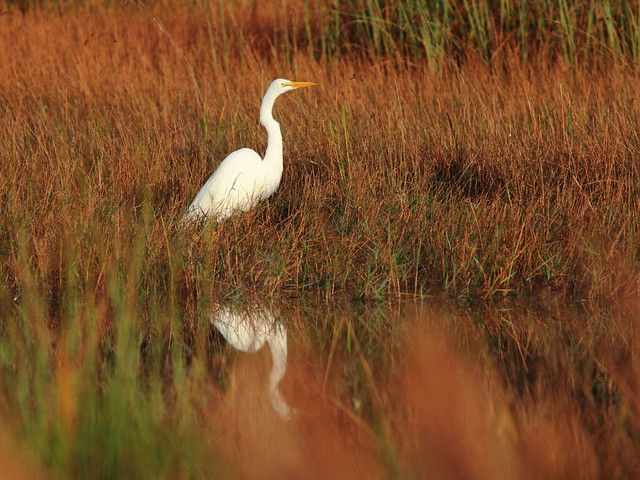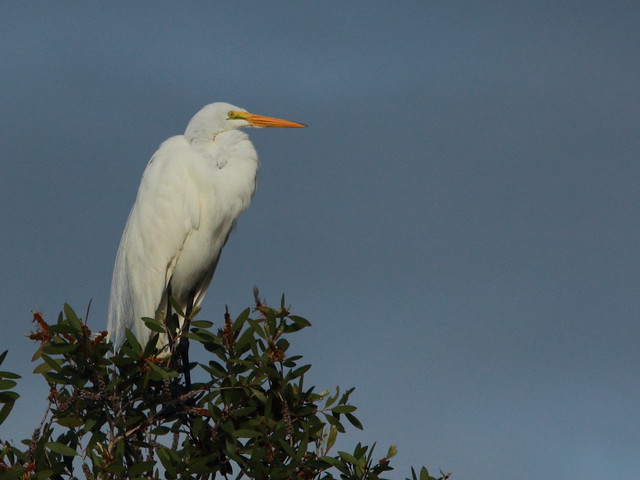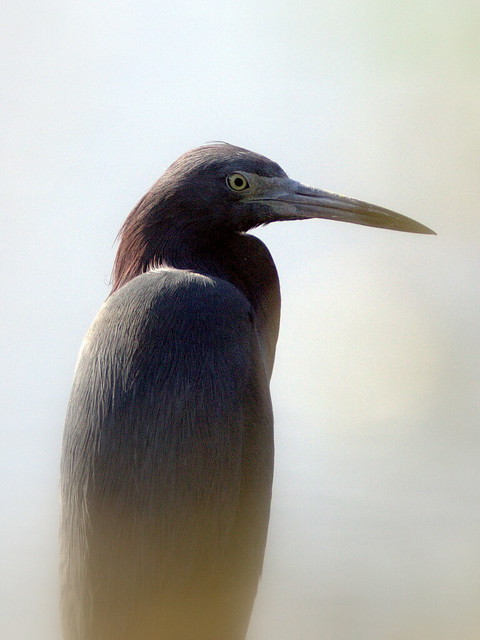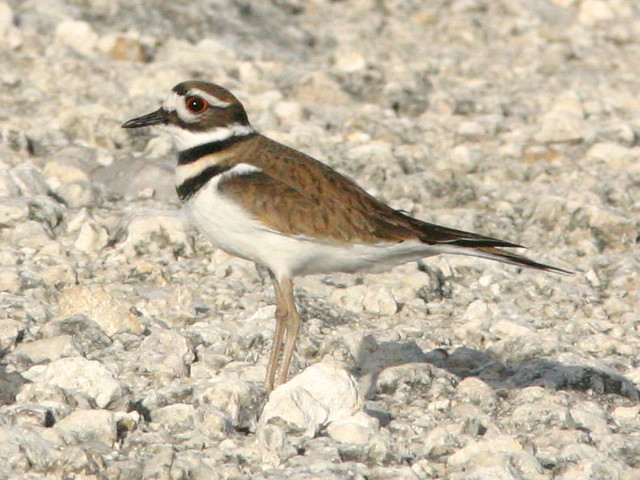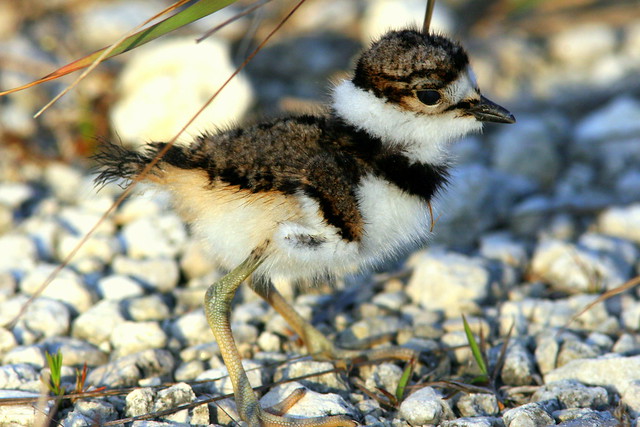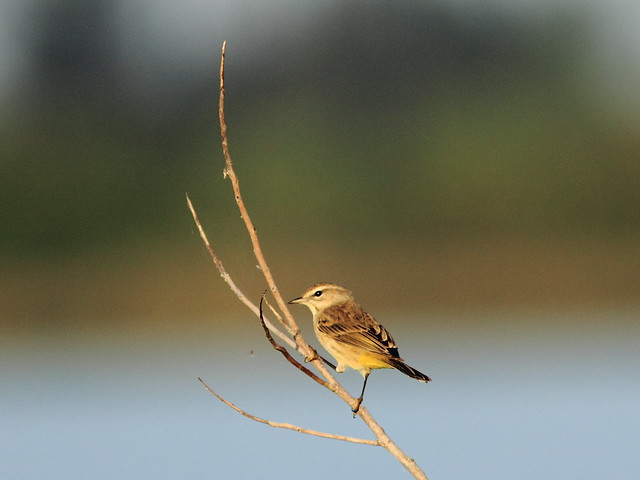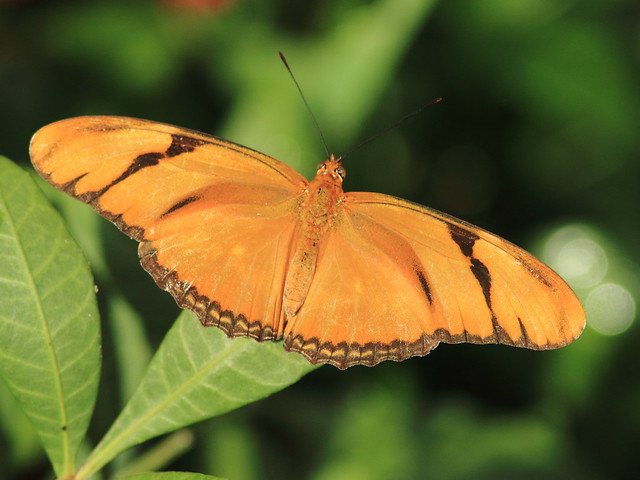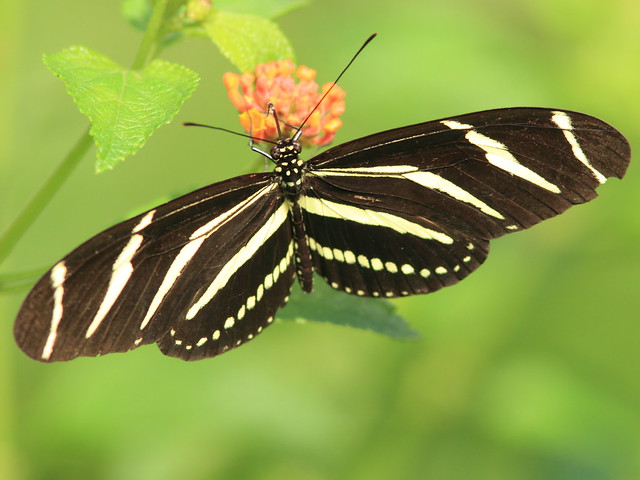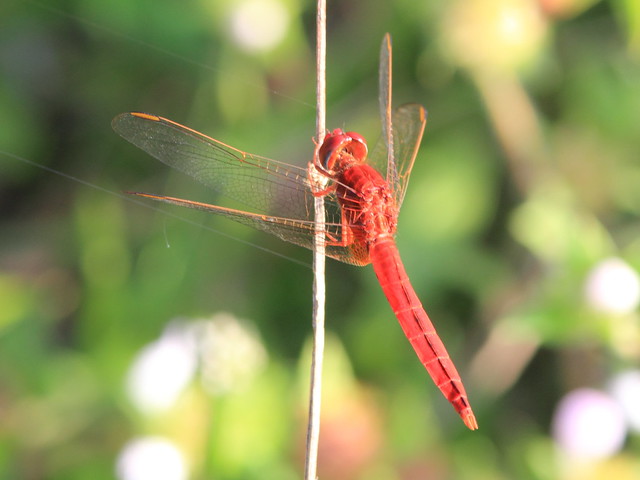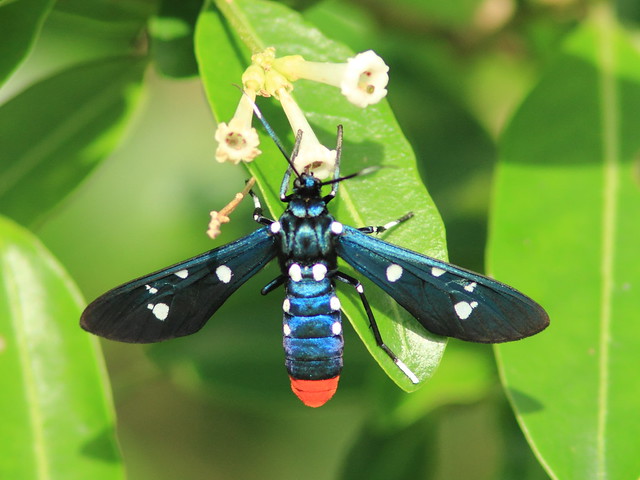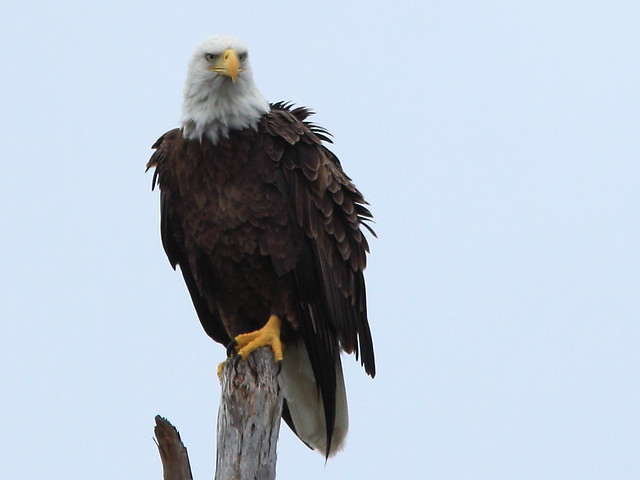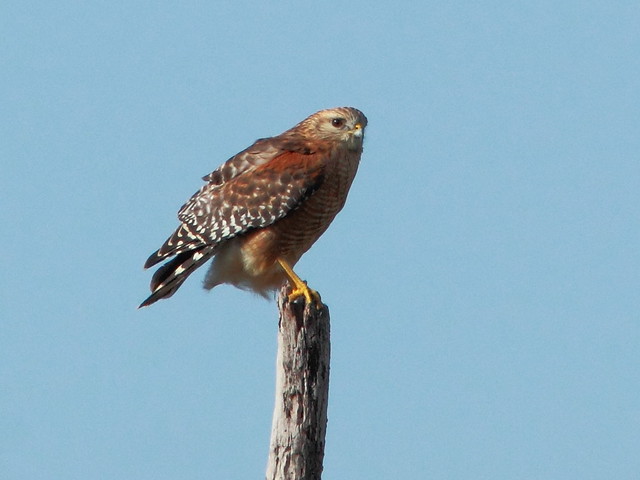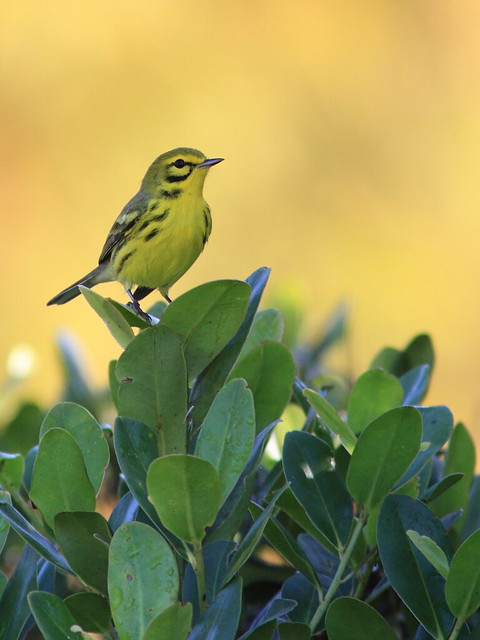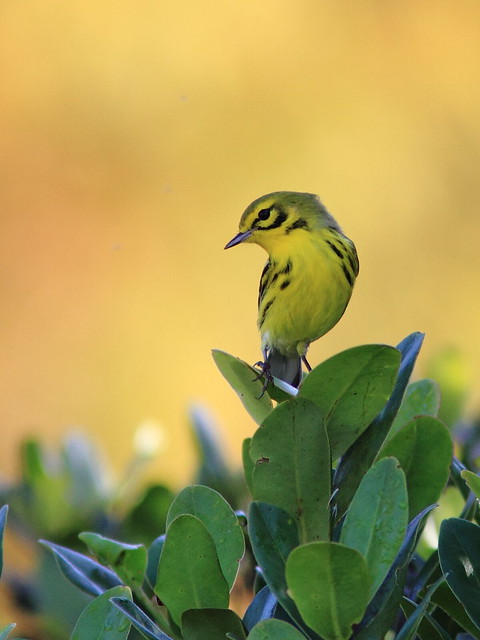Posted by: Ken @ 7:40 am
It’s best to approach each day in the field with expectation and a sense of wonder. That way, even if birding is slow, you will not be disappointed, and will find beauty in the commonplace. One morning last week was no exception. Just before sunrise, the sky held the promise of a few showers, but the radar showed none headed our way. An unexpected phone call and the need to address a friend’s health concerns made us over an hour late for our walk.
It was too late for me to look for the Bobcats, as they usually are only out around sunrise. In a way this was a blessing, as I have become rather obsessed with getting better photos of the adult and her two cubs, and feel compelled to get out while it is still dark, and then wait for about a half hour for them to show. In the meantime, Mary Lou usually goes on without me. More often than not I fail to see them, and I’m missing out on the “power walk” that normally precedes my photo sessions. So, this morning we got in our walk, at least the first half, before I started falling behind and exploring.
The usual Great Egret was foraging in the wet prairie next to the gravel road that accesses our local patch of wetlands.
The egret flew to a treetop, probably waiting for us to continue on down the road.
This Little Blue Heron peered out through the lakeside vegetation. I was going to trash this shot until I realized that its eyes were in good focus.
Birding turned up nothing unusual. A pair of Killdeers were moving along the road in their usual run and stop, run and stop fashion. I’m hoping they plan to stay and raise a family this spring.
Here is one of the Killdeer chicks from a previous season.
Palm Warblers, their long legs an adaptation for foraging on the ground, flew up into the roadside shrubs as we passed by.
When the birds are not out and about, it is much easier to notice the butterflies and dragonflies. Julia longwings (Dryas julia) were out in large numbers. This is a fresh male.
Female Julias are almost always tattered and torn, damage probably inflicted by competing males. It was a bit unusual to find a nearly perfect specimen.
Closely related Zebra heliconians (State Butterfly of Florida with the musical scientific name of Heliconius charitonius) congregated on a Lantana in full flower.
A colorful exotic Scarlet Skimmer (Crocothemis servilia) perched on a twig. An Asian native, it was accidentally introduced to Florida and Hawaii, probably on potted plants.
Walking home, a large and angry-looking wasp-like insect almost flew in my face. I had never before seen such a creature. Was it new to science? It looked “armed and dangerous.” I cautiously approached it to document it for later identification. I was amazed to learn that it was not a wasp at all. It was a Polka-Dot Wasp Moth (Syntomeida epilais).
a diurnal moth that does a great imitation of a wasp. Its appearance
acts as a warning to predators. While it does not sting, it is poisonous
due to its diet as a caterpillar.
Later, I showed this photo to Graciela, our seven year old granddaughter who had just arrived from Chicago, asking her if she thought this “wasp” could sting her. She nonchalantly said, “Oh, Grandpa, that’s not a wasp, it’s a butterfly!” I was amazed and asked her how she knew that. She said she learned it on “Wild Kratts,” a childrens’ nature show on TV. She added that it was an example of mimicry that makes a harmless insect look like a poisonous one. Elaborating on this, she said that some butterflies mimic Monarchs to look as if they are poisonous too. Rather timidly, I mentioned that this was actually a moth, not a butterfly. She looked closely at the photo and said that a moth has feathery antennae, which this one lacked!
I hurried to catch up with Mary Lou, as we had to do some shopping in
preparation for the arrival of house guests. The drive to Wal-Mart
provided us the opportunity to make a couple of brief stops, to check
out the local Bald Eagle nest and also visit nearby Chapel Trail Nature
Preserve.
Our local eagles have set up housekeeping in the same nest that we now have been observing for five breeding seasons. We are quite certain that the first egg was laid on December 11, when the female suddenly started sitting low in the nest. Two days before, I captured this image of her roosting near the nest.
When we visited on December 16, I first thought the nest was empty, but after about 15 minutes the female stood up to change position and also probed down underneath her, probably to rearrange one or more eggs.
A Red-shouldered Hawk roosted near the eagle nest.
At Chapel Trail, birding was also quiet. We turned up a couple of common species, but this male Prairie Warbler was uncommonly beautiful as it perched against a backdrop of Cypress trees that were just beginning too turn golden brown.
For a searchable index of earlier ROSYFINCH RAMBLINGS posts, follow this link














